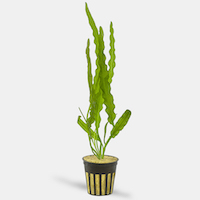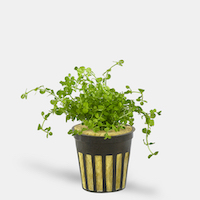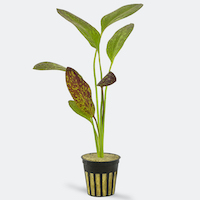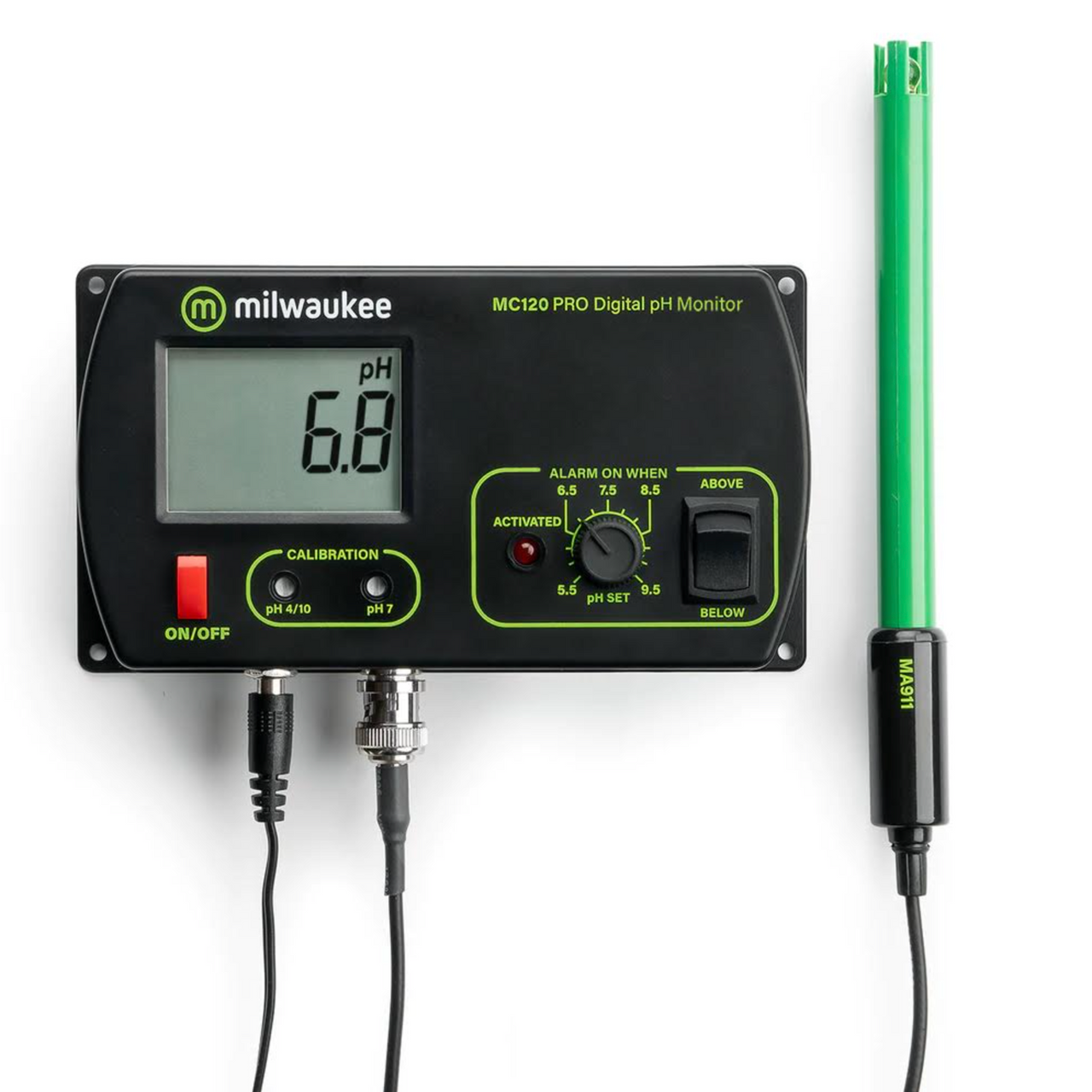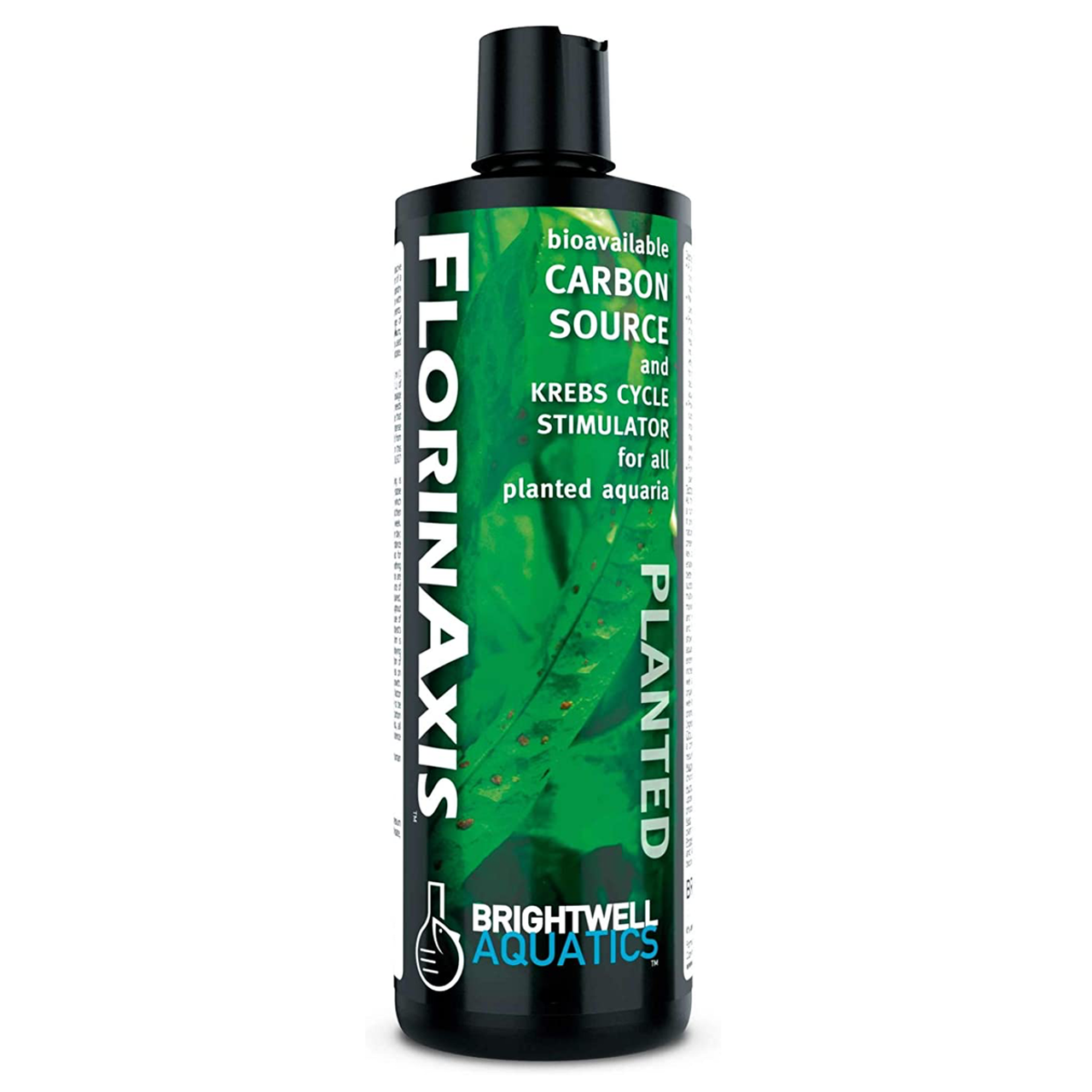How Live Aquarium Plants Affect the Day-Night Cycle in the Planted Aquarium.
Posted by Artur Wlazlo on 20 Oct 2019
Let us talk in more detail about how live aquarium plants affect number of processes in the aquarium. The impact of aquarium plants on water, pH, oxygenation and overall well-being of all tank inhabitants can be quite profound. For this reason we believe it is important to understand what happens in your aquarium when you add plants to it.
Some may be surprised to learn that plants, like other tank inhabitants such as fish, respire. During this process, aquarium plants consume oxygen and the byproduct of respiration is CO2. During the day, live aquarium plants do not stop respiring. However, during the daylight hours, plants also photosynthesize and obtain energy from sunlight, carbon dioxide and water. The byproduct of photosynthesis, unlike that of respiration, is oxygen. Both of these processes affect the aquarium water and, in particular, the amount of oxygen, CO2, pH and hardness of the water. The fluctuations of these parameters may be substantial in an aquarium depending on different factors such as the volume of water, number and types of plants and intensity and duration of lighting.
During the day, aquatic plants utilize sunlight, and through the process of photosynthesis, take up carbon dioxide from the water while simultaneously releasing oxygen. They also respire releasing CO2 but during daylight hours the photosynthesis is carried out at so much higher rate that plants consume much more CO2 than they release through respiration. The end result is that the levels of CO2 in the aquarium water will drop during the day while oxygenation of the water will increase.
How much the levels of CO2 will drop and of oxygen increase will depend on how many plants you have in your aquarium, how many other tank inhabitants you have, and the size of your tank.
And here’s the important thing: as the levels of carbon dioxide drop (and carbonic acid falls), pH levels of the water will begin to rise. And, if there’s no sufficient amount of carbon dioxide left in the water, aquarium plants will begin consuming carbon dioxide from other sources, most likely bicarbonates. As the plants consume bicarbonates, however, the tank water will become “softer.” All of this means that your tank water will become more alkaline (pH rising) and at the same time (somewhat counterintuitively) softer.
During the night hours, however, live aquarium plants stop photosynthesizing while respiration continues. This means that levels of oxygen drop while those of CO2 rise. Higher levels of CO2, in turn, will lower the pH of the tank water.
These fluctuations in pH, water hardness, levels CO2 and oxygen can be quite dramatic. As we mentioned above, how significant these fluctuations are depend on many factors, including the number and type of plants, tank inhabitants (the more of them the higher the consumption of these elements and the more dramatic impact on the water), light intensity, or volume of water.
But don’t be alarmed. The same day-and-night cycle and similar fluctuations occur in nature and fish are accustomed to them. They only become problematic if they are extreme. For example changes of 1 degree in pH can cause health issues for some fish.
You can ensure that these fluctuations are not extreme. First, you can regularly test your water, including the pH and hardness to better understand what impact the planted aquarium day-night cycle has on the aquarium water. There are a number of aquarium water tests designed specifically for aquarium hobby that allow you to easily measure pH
or hardness. They come as dipping strips, liquid water tests or even digital.
If you are testing aquarium water, we recommend that you use liquid tests over test strips simply because they are much more accurate. There are a number of brands to choose from including, for example, API Liquid Water Tests or Seachem Liquid MultiTests.
Second, you can supplement CO2 by injecting it directly into the tank water. Alternatively, you can use FlorinAxis Liquid CO2 which is bioavailable organic carbon source for the planted aquarium and can be used as an alternative to CO2 injection.
The bottom line is that a successful aquarist needs to be aware of the processes that are taking in the aquarium with live aquarium plants. But, armed with this knowledge and availability of a variety of products, including in our store, you should have no trouble of assuring the well being of your tank inhabitants while growing healthy live aquarium plants.


